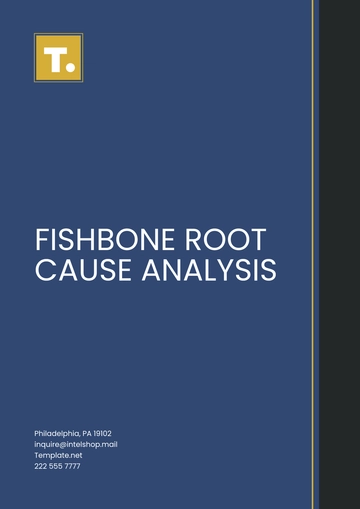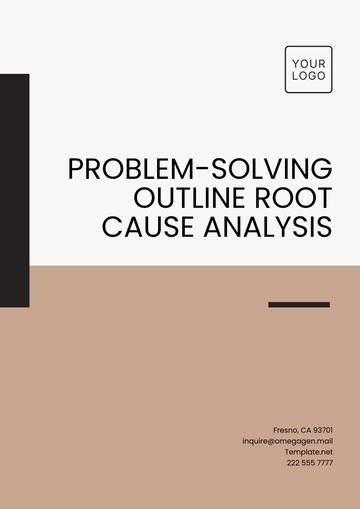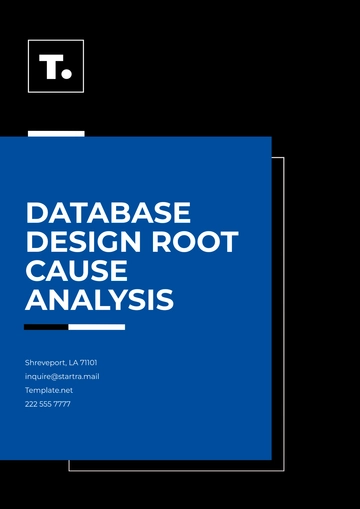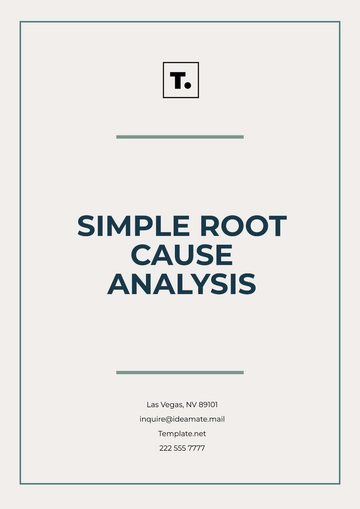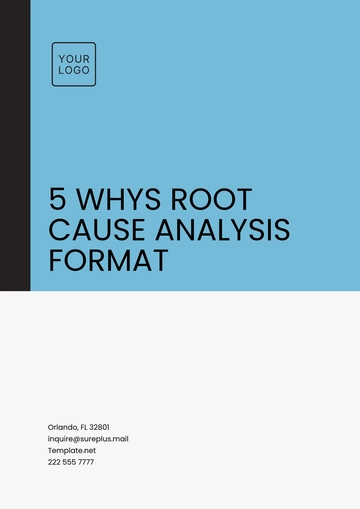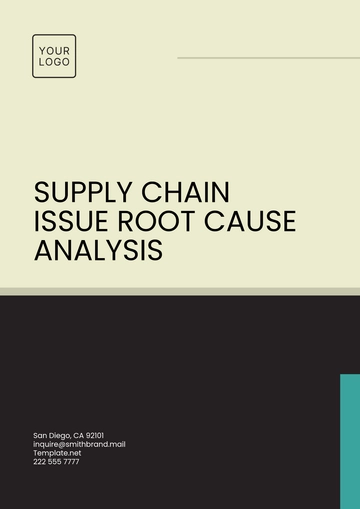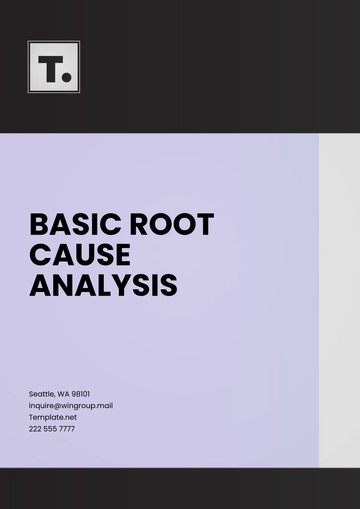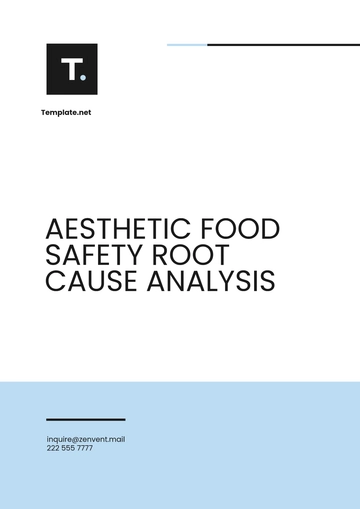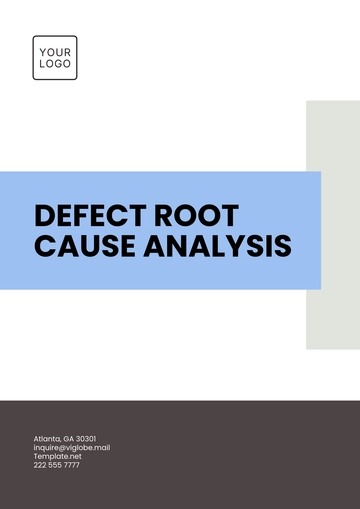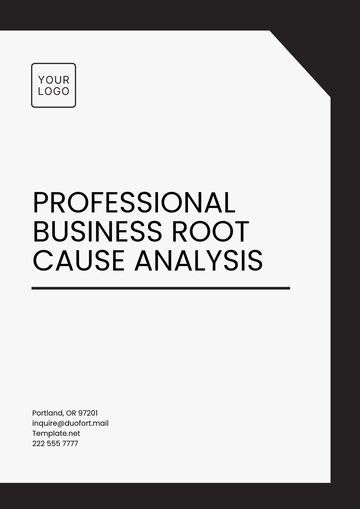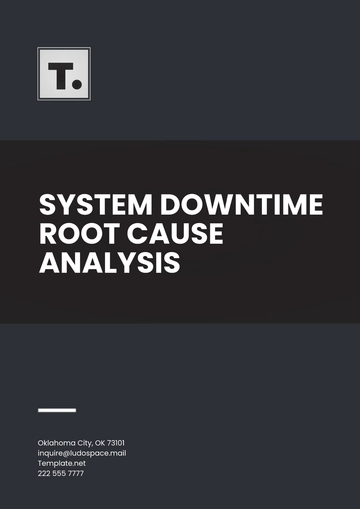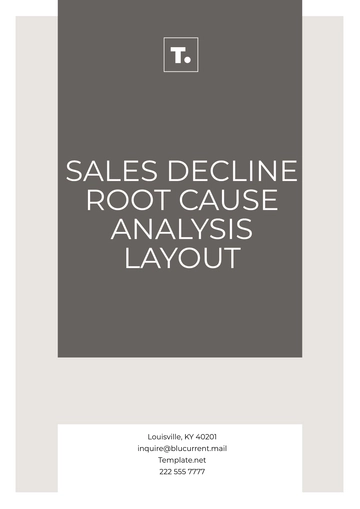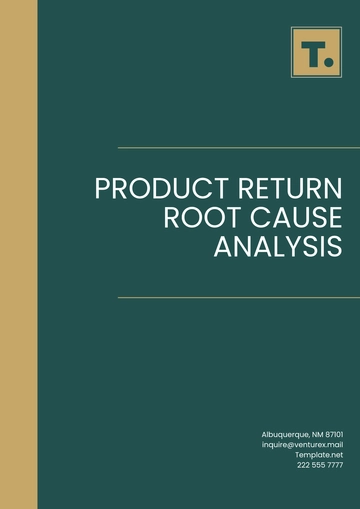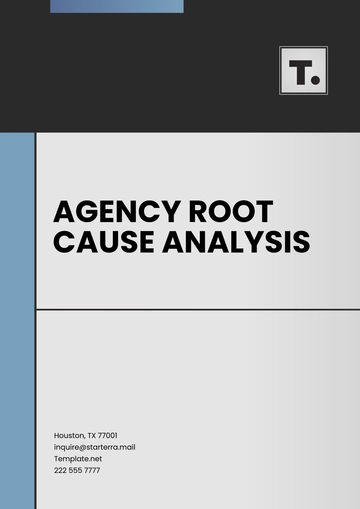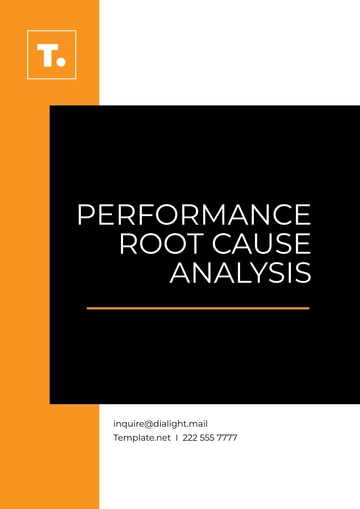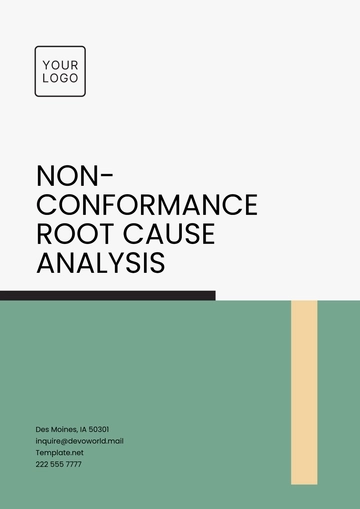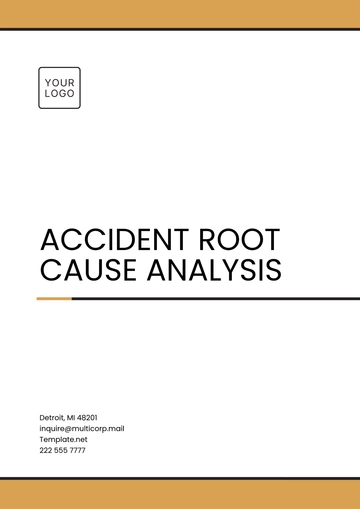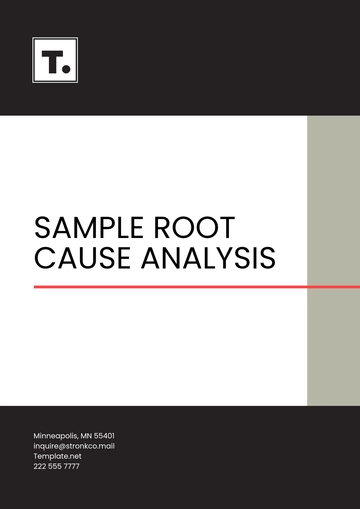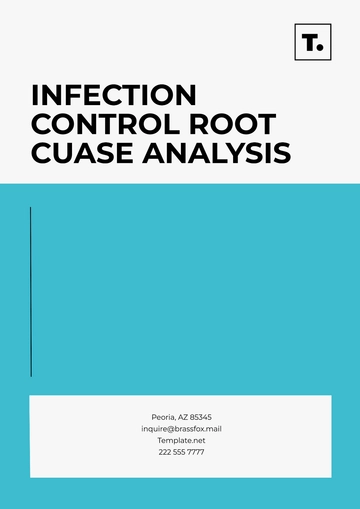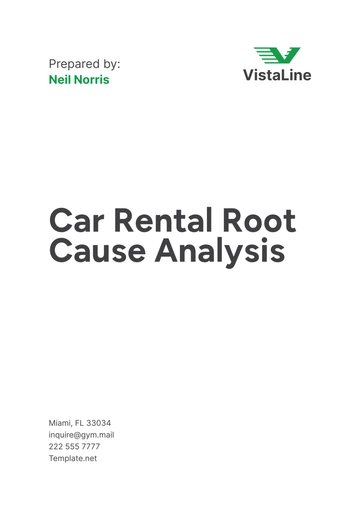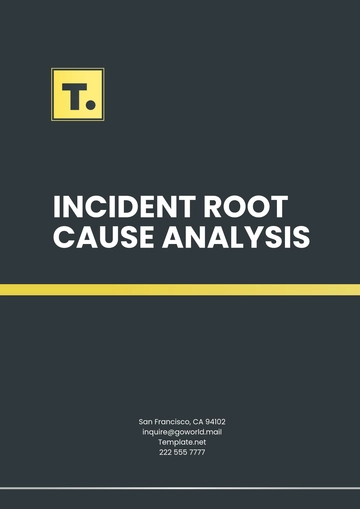Free Finance Payroll Compliance Analysis
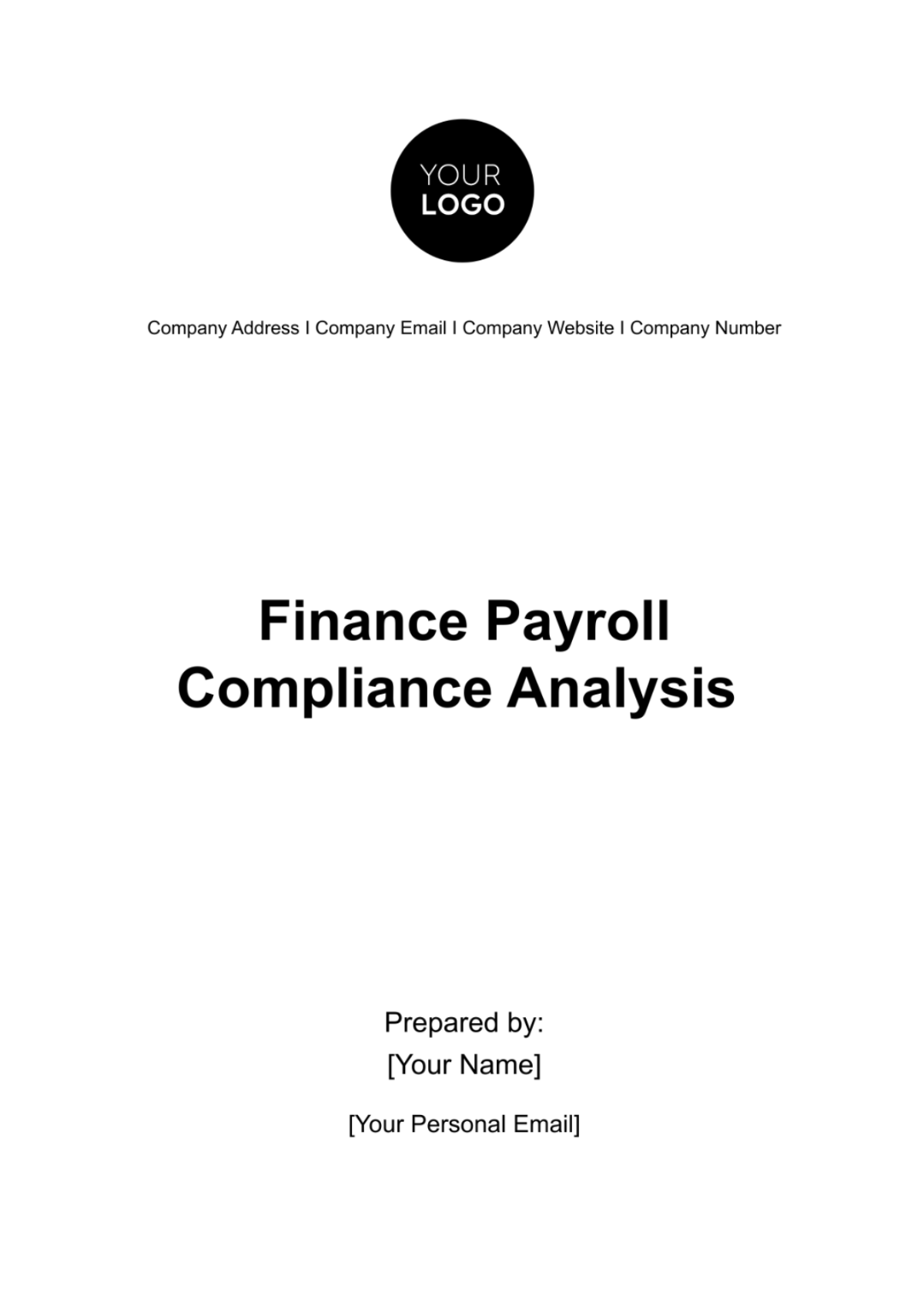
I. Introduction
A. Background
The company recognizes the paramount importance of maintaining the highest standards of finance payroll compliance. This analysis is a proactive measure to ensure the accuracy, legality, and transparency of our payroll processes. We undertake a comprehensive review to strengthen our commitment to regulatory adherence and reinforce the trust of our valued employees.
B. Scope
Our analysis encompasses the entire spectrum of payroll processes undertaken during the fiscal year. This includes a meticulous examination of tax compliance, adherence to labor laws, management of benefits and deductions and recordkeeping practices within our payroll system.
II. Regulatory Framework
A. Local Tax Regulations
City Income Tax
City-specific income taxes are levied on employees residing in municipalities with applicable taxes. Employers must accurately calculate and process these taxes, withholding the required amount and remitting it to local authorities.
County Payroll Taxes
Some jurisdictions impose county-specific payroll taxes. Employers must navigate these tax structures, ensuring precise calculations and timely remittances to comply with county regulations.
Special District Levies
Special districts may impose unique payroll tax requirements. Employers must identify and comply with these levies, ensuring transparency and legal alignment in financial practices.
B. State Tax Compliance
State Income Tax Withholding
States often require employers to withhold and remit income taxes on behalf of employees. Compliance involves accurate calculations aligned with state-specific requirements and timely remittance to state authorities.
Unemployment Insurance Contributions
Employers contribute to state-level unemployment insurance programs to support employees during unemployment. Compliance includes accurate calculations and contributions based on state guidelines.
C. Federal Tax Regulations
Federal Income Tax Withholding
Employers must comply with federal regulations governing the withholding of income taxes from employees' paychecks. This involves accurate calculations and remittances to the Internal Revenue Service (IRS).
Social Security and Medicare Taxes
Compliance with federal Social Security and Medicare tax requirements is crucial. Employers calculate and contribute to these programs, supporting employees' future benefits and aligning with federal regulations.
Federal Unemployment Tax Act (FUTA)
FUTA requires employers to contribute to the federal unemployment program. Compliance involves accurate calculations and contributions, supporting nationwide unemployment benefits and meeting legal requirements.
III. Payroll Process Overview
A. Data Input
Employee Information Gathering
The initial step of the company’s payroll process involves collecting essential employee data such as personal details, tax withholding preferences, and benefit elections. This data forms the foundation for accurate payroll processing.
Time and Attendance Tracking
Accurate time and attendance records are crucial. Our system captures and verifies work hours diligently, ensuring precision in payroll calculations and adherence to labor regulations.
Variable Compensation Elements
This aspect covers the management of variable compensation components like bonuses and commissions. The process ensures these elements are accurately integrated into the payroll, reflecting the dynamic nature of certain roles.
B. Calculation and Deductions
Gross Pay Calculations
The calculation of gross pay involves considering various factors such as hourly wages, salary structures, and any overtime hours worked. This ensures fair and accurate compensation for each employee.
Tax Withholding Computations
This part delves into the intricacies of tax withholding, encompassing federal, state, and local taxes. Accurate calculations guarantee compliance with legal requirements and the proper fulfillment of tax obligations.
Deductions and Benefits Processing
Systematic processing of deductions includes benefits, retirement contributions, and other authorized withholdings. This ensures that employees receive the correct net pay while complying with regulatory and policy requirements.
C. Payment Processing
Payment Methods and Schedules
The organization offers various payment methods, such as direct deposit or physical checks, catering to diverse employee preferences. Additionally, a well-defined payroll schedule ensures timely and consistent disbursement.
Compliance Checks
Before finalizing payments, thorough compliance checks are conducted. This verification process ensures accuracy in calculations and confirms adherence to tax regulations, labor laws, and internal policies.
D. Recordkeeping and Reporting
Record Maintenance
Meticulous recordkeeping is emphasized to ensure the secure storage and easy retrieval of employee payroll records. This aligns with legal retention requirements and supports auditing processes.
Reporting Tools and Analytics
The organization utilizes reporting tools to generate insightful analytics related to payroll expenses. This data supports financial planning, budgeting, and decision-making processes, enhancing overall organizational efficiency.
E. Stakeholder Collaboration
HR and Accounting Collaboration
Collaboration between HR and Accounting is pivotal. This ensures seamless coordination, guaranteeing accuracy and completeness in the payroll process and promoting a holistic approach to employee compensation.
Employee Communication
Transparent communication with employees is prioritized. Relevant information about payroll, including changes, deadlines, and available resources, is effectively communicated to foster understanding and trust within the workforce.
IV. Tax Compliance
A. Income Tax Withholding
Federal Income Tax
The accurate withholding and remittance of federal income taxes are meticulously executed, ensuring compliance with IRS guidelines and fulfilling our obligations to the national tax system.
State Income Tax
Compliance with state income tax regulations is a cornerstone of our finance payroll practices. Accurate calculations and timely remittance align with state-specific requirements.
Local Tax Obligations
City, county, and special district taxes are handled with precision. We adhere to local tax regulations, ensuring accurate withholding and submission, contributing to the development of local communities.
B. Social Security and Medicare Contributions
Social Security Taxes
Compliance with federal Social Security tax requirements is evident. Accurate calculations and contributions support employees' future benefits and align with federal regulations.
Medicare Taxes
Diligent compliance with Medicare tax regulations ensures accurate contributions. This commitment supports healthcare provisions for employees in alignment with federal guidelines.
C. Unemployment Taxes
State Unemployment Contributions
Adherence to state-level unemployment insurance regulations is evident. Contributions are calculated and remitted based on state guidelines.
Federal Unemployment Tax Act (FUTA)
Compliance with FUTA regulations is maintained. Contributions to the federal unemployment program align with legal requirements, supporting nationwide unemployment benefits.
V. Labor Law Compliance
A. Minimum Wage and Overtime
Minimum Wage Requirements
Adherence to minimum wage laws is emphasized. Our commitment ensures that all employees receive wages meeting or exceeding the established minimum, promoting fair compensation.
Overtime Regulations
Compliance with overtime regulations is a priority. Accurate tracking and compensation for overtime hours contribute to a fair and legally compliant work environment.
B. Employee Classification
Exempt and Non-Exempt Classification
Accurate classification of employees as exempt or non-exempt is maintained. This compliance ensures proper payment of wages and adherence to labor laws.
Independent Contractor Compliance
Adherence to regulations concerning independent contractors is ensured. Clear guidelines are followed to correctly classify individuals, mitigating legal and financial risks.
C. Leave and Benefits Compliance
Family and Medical Leave Act (FMLA)
Compliance with FMLA provisions is a focus. Eligible employees are provided with required leave, and all necessary documentation and processes are followed.
Benefits Compliance
Benefits administration aligns with legal requirements. Compliance with regulations ensures that employees receive the entitled benefits, contributing to a comprehensive and legally sound benefits program.
VI. Benefits and Deductions
The following table provides a snapshot of the company’s benefits and deductions processed within our payroll system:
Employee ID | Health Insurance Enrollment | Retirement Plan Participation | Other Deductions |
[014-22145] | [Enrolled] | [Contributing] | [401(k)] |
The data reflects the diverse preferences of our workforce, showcasing enrollment in health insurance and retirement plans, as well as various deductions such as union dues and health savings contributions. This data aids in assessing compliance with internal policies and external regulations, ensuring that our benefits and deductions align with legal standards and cater to the diverse needs of our employees.
A. Benefits Management
Health Insurance
The high enrollment rates underscore the compliance of our health insurance offering with established regulations. The benefits provided align effectively with employee needs, contributing to a compliant and employee-centric benefits program.
Retirement Plans
Opportunities for increased awareness regarding retirement plans are identified, ensuring compliance requires a focused communication strategy to convey the intricacies of these plans and promote a better understanding among employees.
B. Deductions Review
Accuracy of Deductions
The consistently high accuracy rates validate the compliance of our systems and processes with precision in deductions. This accuracy is pivotal for maintaining compliance with legal standards and employee trust.
Compliance with Policies
Unwavering compliance with internal policies and external regulations governing deductions is indicated. This adherence showcases our commitment to ethical standards, ensuring a compliant and transparent approach to handling employee deductions.
Impact on Employee Net Pay
The need for enhanced financial education programs is recognized to bolster compliance understanding. By investing in educational initiatives, we aim to ensure employees comprehend the compliance implications of deductions on their take-home pay.
Other Deductions
All deductions comply with internal policies and external regulations. Clear communication is identified as an avenue for improving compliance understanding among employees, preventing potential misunderstandings.
VII. Recordkeeping Practices
A. Documentation and Retention
Record Organization
The well-organized recordkeeping system significantly contributes to the efficiency of compliance checks and audits. Compliance is upheld through systematic organization, ensuring easy access and supporting the overall integrity of our payroll processes.
Retention Policy Adherence
The comprehensive adherence to record retention policies mitigates potential risks during audits and inquiries. This commitment to policy compliance ensures that we maintain a secure and compliant recordkeeping environment.
B. Data Security
Access Controls
Robust access controls play a pivotal role in safeguarding sensitive employee information. Compliance is maintained through these controls, ensuring that only authorized personnel have access to reinforce the confidentiality and security of payroll data.
Cybersecurity Measures
High-level cybersecurity practices significantly reduce the risk of unauthorized access, providing a strong defense against potential data breaches. Compliance with these practices aligns with our dedication to maintaining the trust and privacy of our employees.
Data Encryption
Strong data encryption practices contribute to the overall security of payroll data. Compliance is ensured through encryption, adding an additional layer of protection and reinforcing the confidentiality and integrity of employee information in our digital ecosystem.
VIII. Recommendations
A. Benefits and Deductions
Enhanced Communication Strategies
Implement enhanced communication strategies to increase awareness of retirement plans among employees. Clear communication will contribute to improved engagement and understanding.
Financial Education Programs
Establish comprehensive financial education programs to empower employees with a deeper understanding of the impact of deductions on their net pay. This initiative aims to enhance financial literacy across the workforce.
Continuous Compliance Monitoring
Institute continuous monitoring mechanisms to ensure ongoing compliance with benefits and deductions regulations. Regular assessments will allow for timely adjustments and proactive adherence to evolving legal standards.
B. Recordkeeping Practices
Advanced Reporting Tools
Implement advanced reporting tools to further enhance analytics related to payroll expenses. This upgrade will support more detailed financial planning, budgeting, and decision-making processes within the organization.
Integrated Stakeholder Collaboration Platforms
Explore the integration of collaborative platforms to streamline communication between HR and Accounting teams. Improved collaboration will contribute to accuracy and completeness in the payroll process.
C. Tax and Labor Law Compliance
Regular Compliance Audits
Conduct regular compliance audits focusing on tax and labor law requirements. This proactive approach will help identify and rectify any potential issues, ensuring ongoing alignment with legal standards.
Employee Training on Tax Withholding
Provide targeted training sessions for employees regarding tax withholding processes. This will enhance understanding and compliance, reducing the likelihood of errors in tax-related matters.
Periodic Legal Review
Undertake periodic legal reviews to ensure that our tax and labor law compliance practices stay up-to-date with evolving regulations. This proactive measure will contribute to a resilient and compliant financial framework.
IX. Conclusion
In conclusion, this finance payroll compliance provides valuable insights into the company’s compliance. The commitment to benefits and deductions compliance is evident, with a diverse array of employee preference. Additionally, the focus on recordkeeping practices and stakeholder collaboration aims to further streamline operations and ensure accuracy. The examination of tax and labor law compliance highlights the organization's commitment to upholding legal standards, with recommendations focusing on ongoing training and periodic reviews. As we move forward, implementing these recommendations will not only fortify our compliance measures but also contribute to a more transparent, efficient, and employee-centric payroll system.
- 100% Customizable, free editor
- Access 1 Million+ Templates, photo’s & graphics
- Download or share as a template
- Click and replace photos, graphics, text, backgrounds
- Resize, crop, AI write & more
- Access advanced editor
Ensure payroll compliance with confidence with the Finance Payroll Compliance Analysis Template from Template.net! Optimize processes with our intuitive AI Editor Tool, strategically positioned in this editable template. Tailor it dynamically to reduce compliance risks and enhance operational efficiency. Achieve financial compliance with a customizable solution by accessing it today!
